The Wheel of the World
Blogs
05.01.2015
Shows are selling out for the 2025 Midwinter Revels - 3 performances left!
Buy TicketsBlogs
05.01.2015
May Day is here, so let us bid a hearty welcome to summer. Yes, I am aware that barbeques, cold lemonade, hammock naps and beach outings are still more than a month away, and I know that the calendar will not officially sanction the season for another six weeks. Still, reckoned by the Sun, this is the beginning of summer, so let’s ring her in.
The reason we get a jump on the calendar is because May 1st falls almost precisely halfway between the spring equinox and the summer solstice. In solar terms, and in many cultures, June 20th is Midsummer’s Eve, marking the longest day of the year in the northern hemisphere. If that’s the middle of summer, then May Day is the beginning, a fact that was not lost on our ancestors, who variously dubbed the day Beltane in the Wiccan tradition, and Walpurgisnacht in Germanic pagan parlance. It was also the premise for the Flora festival of the ancient Romans (and modern Helstonians).
Second only to Yuletide in the variety and richness of its symbolism, May Day is a widely celebrated marker of the turning of the year. Of course, looming above our image of the festival, both literally and figuratively, is that harbinger of good times and pleasant weather, the maypole.
While it would not be surprising to think of the maypole as a primarily English invention, it really is quite widespread and appears in many variants, both in appearance and symbolism. The common image of a single post, trailing ribbons held by prancing schoolchildren is a concept that sprang up in the 19th century, and probably was an ingredient in the cultural mélange known as “Merrie Olde England.” This was a popular body of stories, artwork and customs that sought to create a bucolic portrait of an idealized way of life thought to be quintessentially English. Such practices as wearing of all white, choreographed maypole dances and the attendant elaborate braiding of the ribbons emerged from this revival of maying customs.

Which isn’t to say that maypoles don’t go way back into English and Celtic antiquity. In fact their alternating use and prohibition reflect the tides of religious and political antagonism throughout British history. While the object itself seems innocuous enough, the interpretations cast upon it were the source of passionate discord, as we shall shortly see.
Maypoles probably appeared earliest in northern European regions, and may well have been an expression of the ubiquitous “tree of life” icon that pervades many cultures. The German Thor’s Oak and the Norwegian Yggdrasil are two instances. In Italy, the Liberty Tree was imported from France and reinforced the custom of May Day ritual as political expression.
If the English beribboned post standing on the village sward is our default image of the maypole, it is in Germany, Austria and Sweden where the poles receive the full decorative treatment. The Austrian Maibaum, decked with all sorts of depictions of local custom and industry is the object of processions, beer drinking, sausage eating and a spectacular ceremony during which the pole is set in place by means of ropes, ladders and pulleys. This towering presence is then left in place for a full month. In Scandinavia, the pole is reserved for the midsummer festival in June. Here the midsommarstång, sporting a crosspiece and two suspended rings serves as the centerpiece for mimetic children’s’ dances.
Of course, there’s a question that invariably comes up around folk rituals like these: What does it all mean? And invariably, the answers are many, contradictory, complicated and speculative.
Opinion about maypoles seems to fall out along two lines. One is that the pole, taken along with the emphasis on childhood and its relationship to the growing season, represents fertility. It is seen, more or less graphically as an instrument of regeneration, akin to standing stones and other early artifacts. This is considered to be the earlier, pagan symbolism.
The other opinion is that the pole is an expression of the axis mundi, the shaft upon which the earth spins. Obviously this comes from a later Renaissance-influenced understanding of the cosmos. In this construct, the dance can be seen to symbolize the complex, rhythmic interaction of human society as we all orbit around a common axis, following the inexorable turning of the year.
Like most things related to folk tradition, interpretations of the meaning of May Day and the maypole are impossible to settle definitively. And also like most things related to folk tradition, the power and satisfaction in the ritual does not rest on unequivocal interpretation. The real purpose of the maypole, bedecked with multicolored ribbons, crowned with flowers and surrounded by rings of dancers is to lift the mind, lighten the heart, and, of course, to welcome in the May.
-David Parr, Artistic Director California Revels

Read More

Read More

Read More

Read More

Read More

Read More
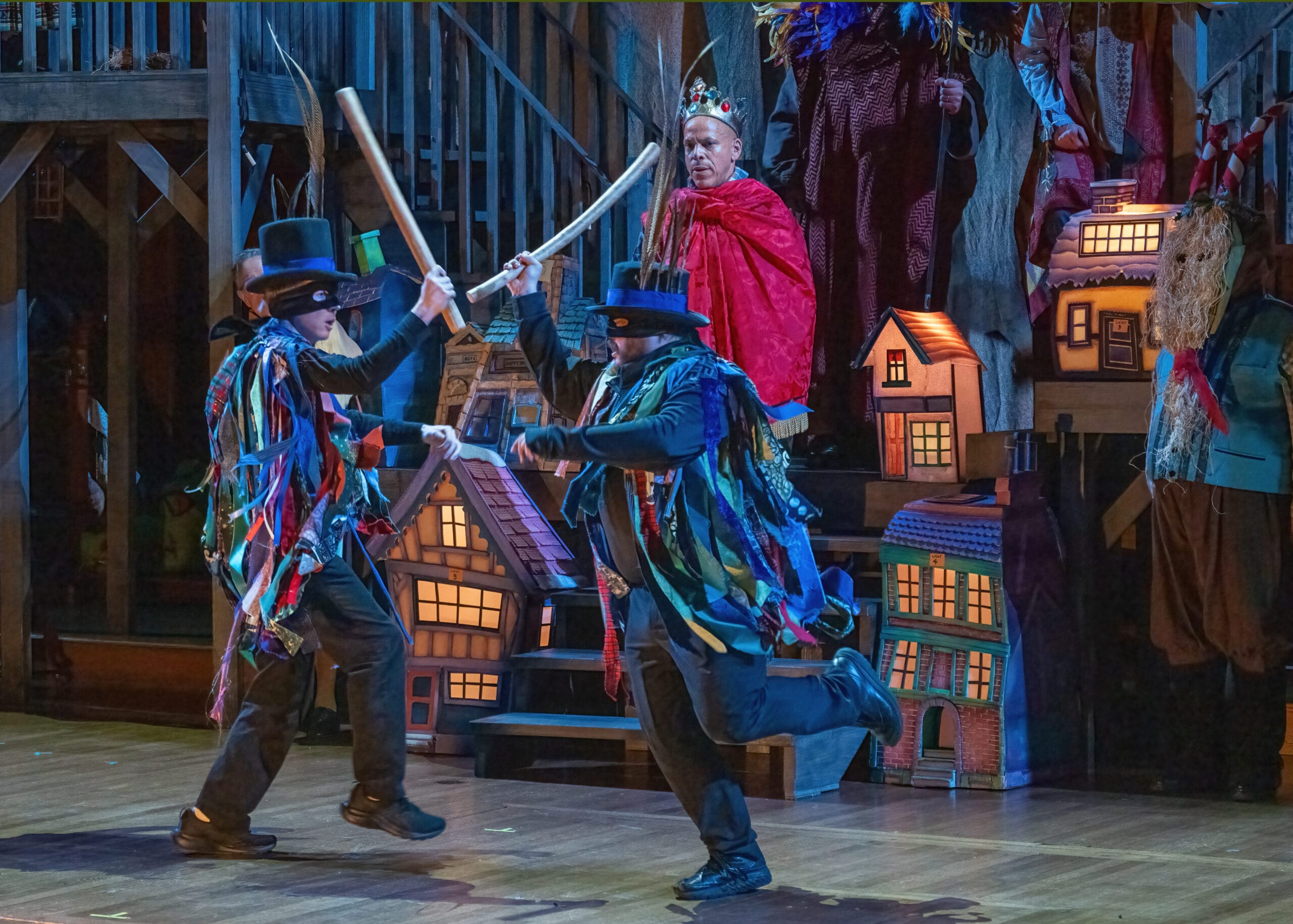
Read More

Read More

Read More

Read More

Read More
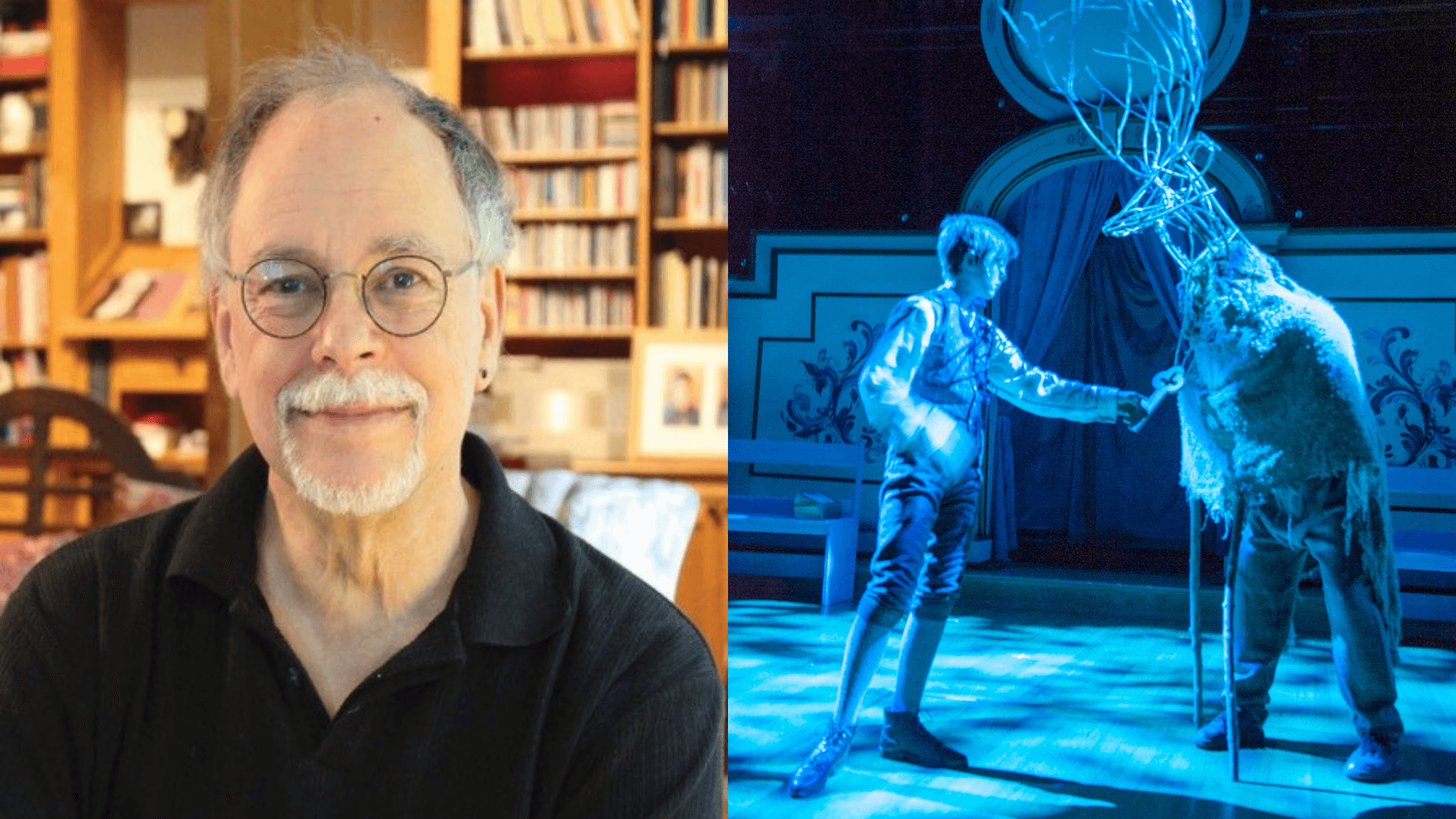
Read More

Read More

Read More

Read More

Read More

Read More

Read More

Read More

Read More

Read More

Read More

Read More

Read More

Read More

Read More

Read More

Read More

Read More

Read More

Read More

Read More

Read More

Read More

Read More

Read More
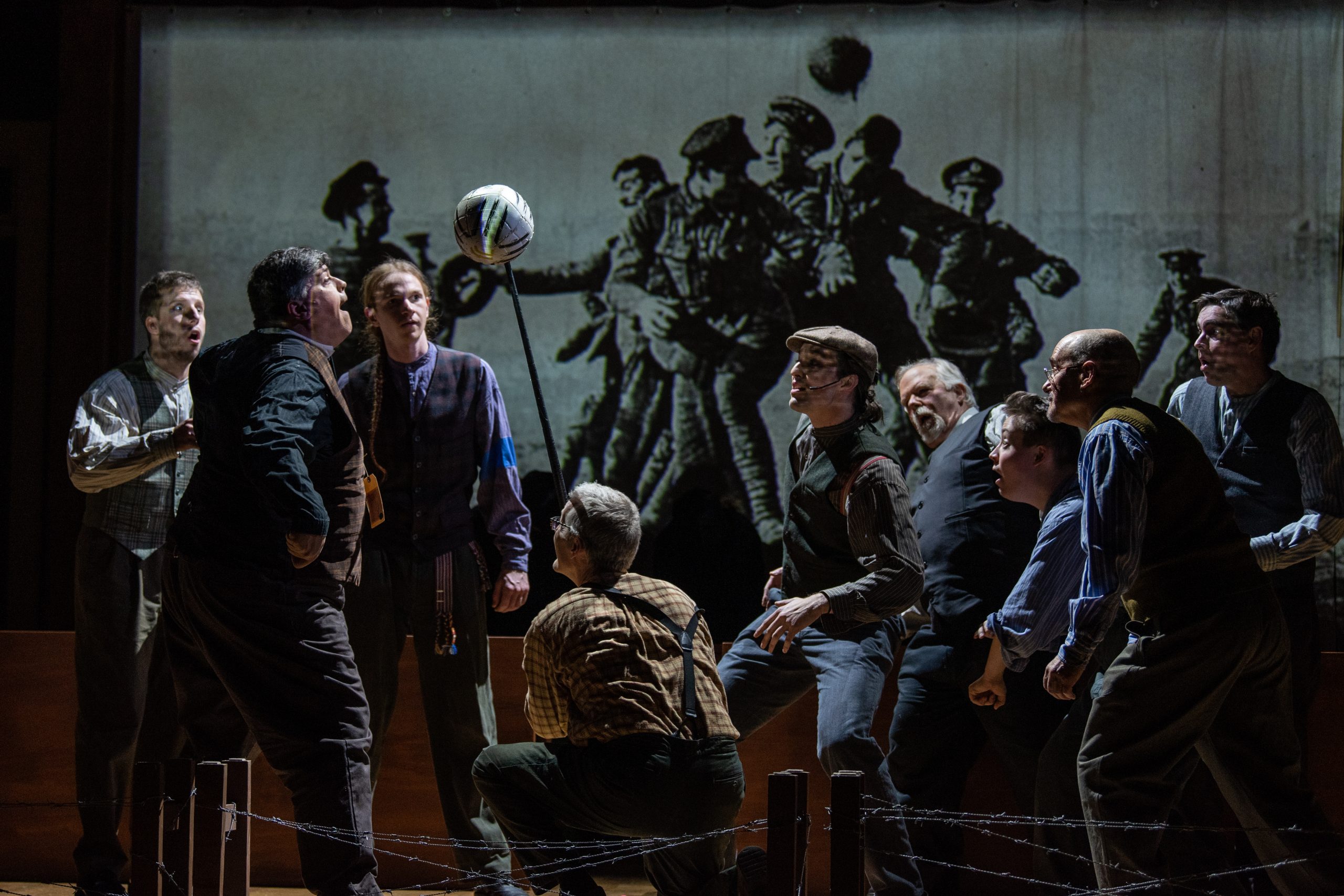
Read More

Read More

Read More

Read More

Read More

Read More

Read More

Read More

Read More

Read More

Read More
Read More

Read More

Read More
Read More
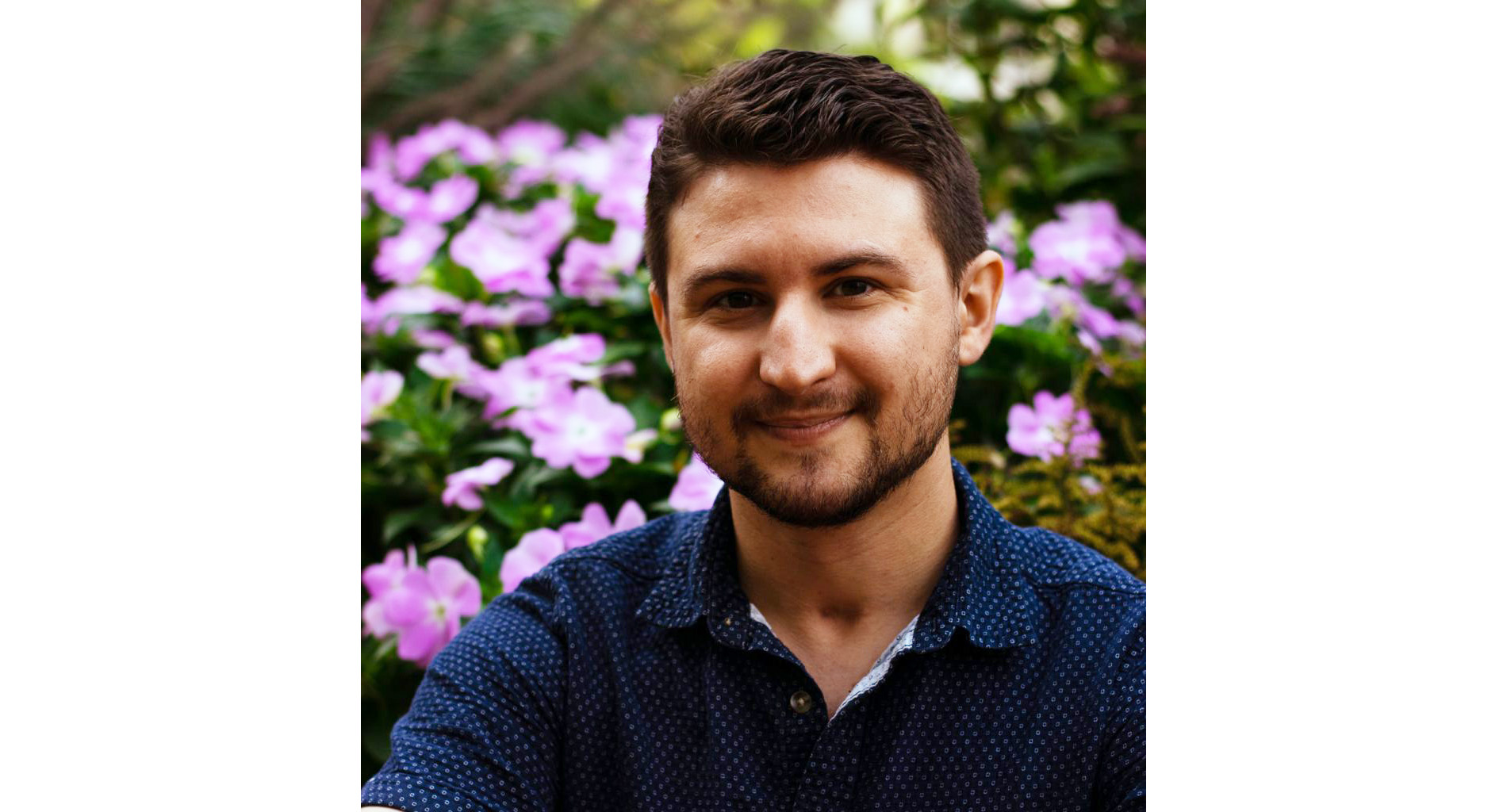
Read More

Read More

Read More

Read More

Read More

Read More

Read More

Read More

Read More

Read More

Read More

Read More

Read More

Read More

Read More

Read More

Read More

Read More

Read More

Read More

Read More

Read More

Read More

Read More

Read More

Read More

Read More

Read More

Read More

Read More

Read More

Read More

Read More

Read More

Read More

Read More

Read More

Read More

Read More

Read More
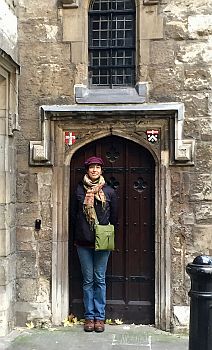
Read More

Read More

Read More

Read More

Read More

Read More

Read More

Read More

Read More

Read More
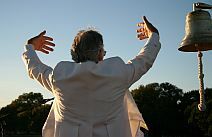
Read More
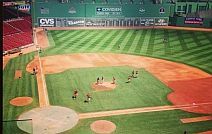
Read More

Read More

Read More

Read More

Read More

Read More
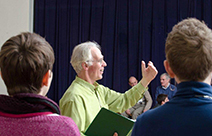
Read More

Read More

Read More
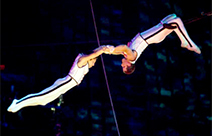
Read More
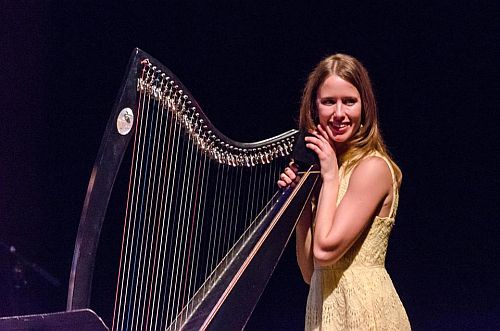
Read More

Read More
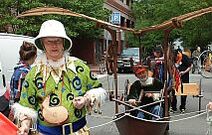
Read More
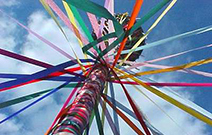
Read More

Read More

Read More

Read More

Read More

Read More

Read More

Read More

Read More

Read More

Read More

Read More

Read More

Read More
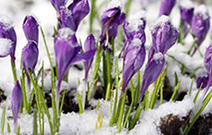
Read More

Read More

Read More
